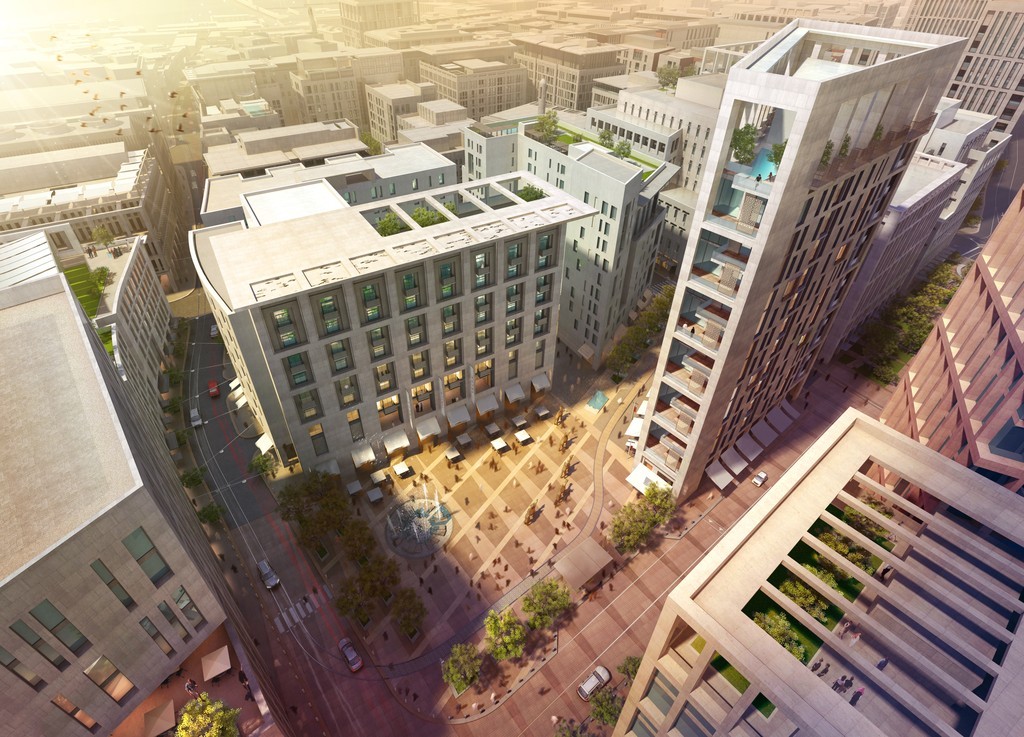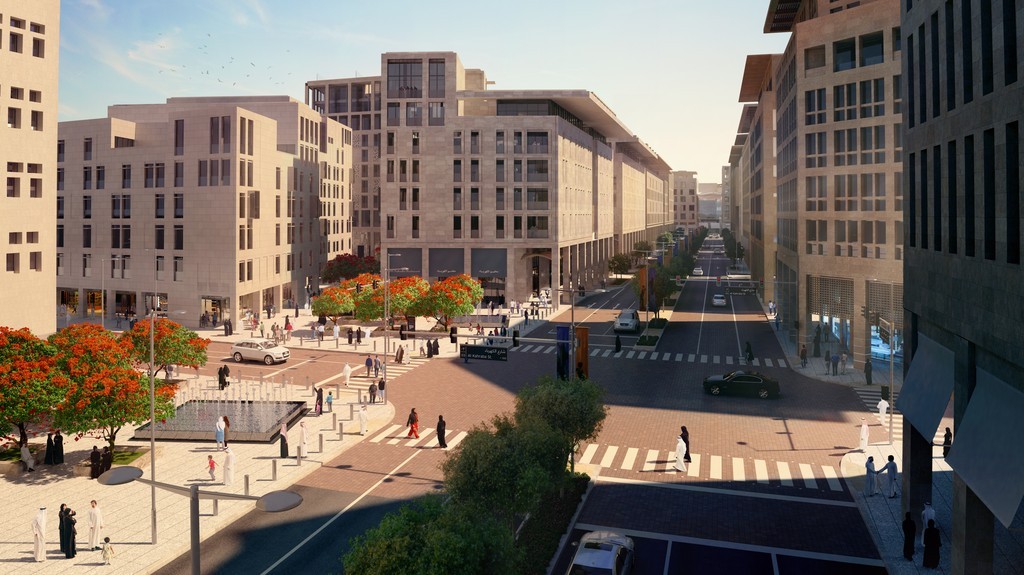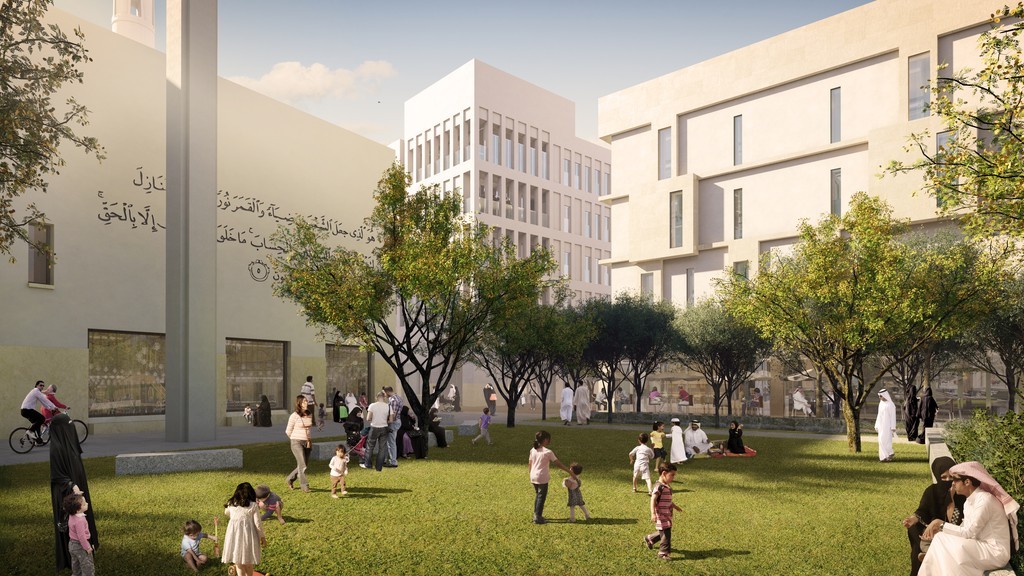Towards Sustainable Development
From our common future (1987)
By World Commission on Environment and Development
* “our common future” also known as the Brundtland Report, from the United Nations World Commission on Environment and Development (WCED) was published in 1987
The physical city is a human-made construct, but the relationship between the city and the surrounding natural environment has always helped to define the character and quality of urban life. The utopian visionaries of the 19th and 20th centuries- Frederick Law Olmsted, Ebenezer Howard, Le Corbusier and Frank Lloyd Wright- created city plans that balanced the man-made urban areas with parks, public gardens, or surrounding rural zones. And in recent years, the forces of nature ecology, green urbanism, and sustainability have grown in importance and become dominant force in urban policy and planning.
In 1968, Stanford University biologist Paul Ehrlich published The Population Bomb, predicting global overcrowding and persistent starvation in the underdeveloped nations by the 1980s. 1970, the first Earth Day was celebrated in San Francisco. And 1972, the Club of Rome published report on The limits to Growth, arguing that’s the world’s government and economic powers needed to begin cutting back on overproduction and overconsumption in the face of uneven development, exploding population growth and declining resources.
All these developments suggested a growing shift toward environmentalism as a new reform at the very time that capitalism was globalizing. Then, in 1987 came Our Common Future – the report of the United Nations sponsored- World Commission on Environment and Development (WCED) call for “ Sustainable development”. This report called “Brundtland Report” named after chairperson of the Commission, Gro Harlem Brundtland of Norway, the only prime minister of a major country to have previously served as environment minster. In report He argued that during the 20th century “ the relationship between the human world and the planet that sustains it has undergone a profound change” and that the increased “rate of change is outstripping the ability of ..our current capabilities.” As a result, , the world needs to embrace the concept of sustainable development, development that meets the needs of the present without affect the ability of future generation to meet their own needs.
Our Common Future, Chapter 2: Towards Sustainable Development
The Concept of Sustainable Development
- Sustainable development is development that meets the needs of the present without compromising the ability of future generations to meet their own needs. It contains within it two key concepts:
- the concept of ‘needs’, in particular the essential needs of the world’s poor, to which overriding priority should be given; and
- the idea of limitations imposed by the state of technology and social organization on the environment’s ability to meet present and future needs.
- Thus the goals of economic and social development must be defined in terms of sustainability in all countries – developed or developing, market-oriented or centrally planned. Interpretations will vary, but must share certain general features and must flow from a consensus on the basic concept of sustainable development and on a broad strategic framework for achieving it.
- Development involves a progressive transformation of economy and society. A development path that is sustainable in a physical sense could theoretically be pursued even in a rigid social and political setting. But physical sustainability cannot be secured unless development policies pay attention to such considerations as changes in access to resources and in the distribution of costs and benefits. Even the narrow notion of physical sustainability implies a concern for social equity between generations, a concern that must logically be extended to equity within each generation.
The subject relevant to ” QATAR NATIONAL VISION 2030″
Qatar’s aim it become an advanced society by 2030 – one that provides a high standard of living for its people and future generations, supported by knowledge-based industries which enable ongoing social, economic, environmental and human development. It therefore follows that the Vision informs everything at Msheireb Downtown Doha.
MSHEIREB DOWNTOWN DOHA
The projects will enhance the quality of life of communities in Doha and Qatar; actively promote environmental awareness, sustainability and conservation; and realise genuine innovation in the real estate industry.
Sustainability is central to the Msheireb project, in terms of both the conservation of natural resources and the quality of its design.
The entire project features sustainable design that consumes fewer resources, generates less waste, costs less to operate, and achieves a reduced carbon footprint.
Done by Abeer Abou Nadi



